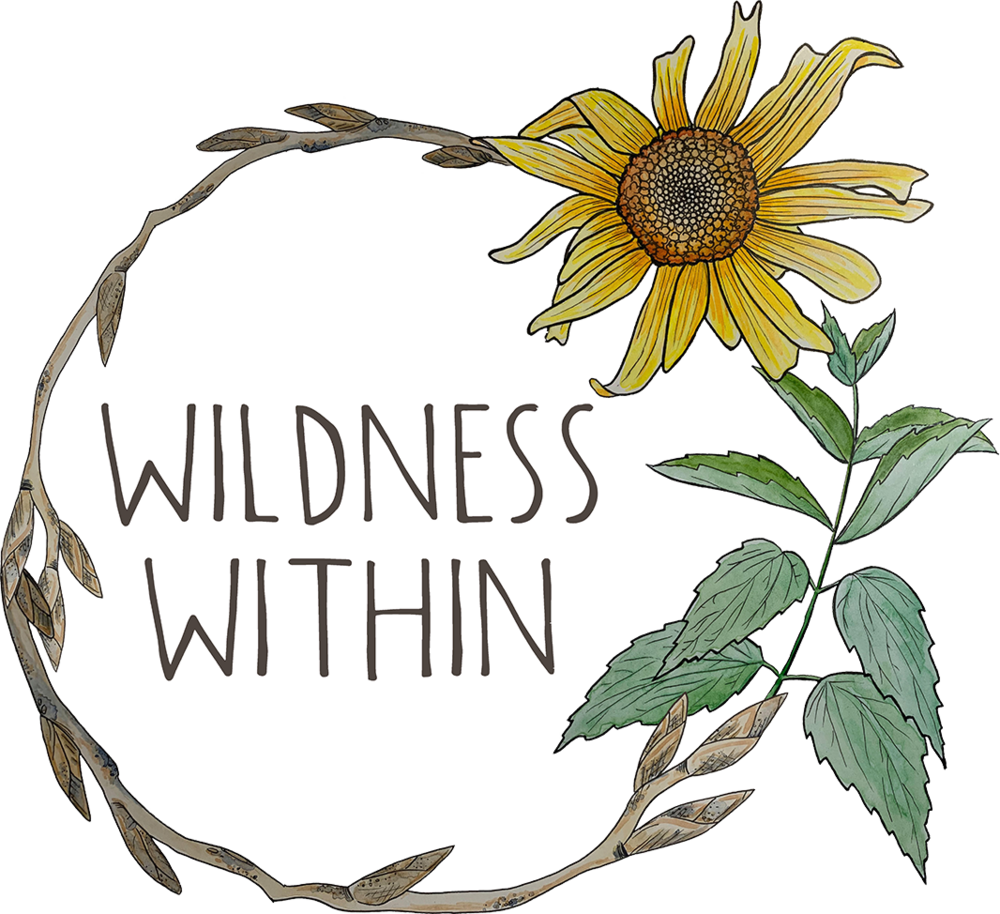What in the world is a poultice?!
According to James Green a poultice is “a soft, mushy preparation composed usually of some pulpy or mealy substance which is capable of absorbing a large amount of liquid and of such consistency that it can be applied to any flat or irregular surface.” Wait what? It’s almost like an herbal “paste” made of macerated herb and water. Poultices are applied to the outer skin either directly or with some cloth in between. Ideally, a poultice is warm or hot, to help release the medicinal constituents of the macerated plant. Yet, in a survival situation, any water temperature will have to do (saliva being the warmest at times…).
A poultice is moist and helps relax tissue and relieve pain OR lubricates the skin and draws infections or toxins out. A lot of poultices can help reduce inflammation as well as external irritations.
What’s the point of making a poultice?
Poultices can be used for:
-Sprains, Broken Bones and Bruising **Reducing muscle & joint inflammation
-Reducing Inflammation
-Cleansing or Healing Eye irritations
-Burns
-Insect bites & Bee Stings
-Drawing out Staph Infections, Splinters, Etc.
- To Stop Bleeding
Here’s a list of plants that you can find commonly in the states and, more specifically in the PNW, that you can make poultices with:
Plantain (LEAVES & SEEDS)
Anti-inflammatory, bug-bites & bee stings, stinging nettle stings, astringent, splinters, minor wounds and infections
Usnea (WHOLE LICHEN)
Stops bleeding and fights infections
Bleeding Heart (ROOTS & LEAVES)
**This has a huge effect on some people (even by touching the plant, be cautious) and can cause cardiac arrest if ingested too much. Do not use if Pregnant. **
Helps reduce pain. Use for bad breaks, sprains and bruises.
Oregon Grape (LEAVES & ROOTS)
Staph infections
Yarrow (LEAVES & FLOWERS)
Hemostatic, helps stop bleeding, Reduces muscle and joint inflammation
Comfrey (STEMS, LEAVES & ROOTS)
Pain relief, Anti-inflammatory, Reduces swelling and bruising, Mends Tissues (A.K.A. Knit-Bone)
Chickweed (WHOLE PLANT)
Itching relief, Draws out infections and also stings and bug bites
How to make a poultice?
Spit Poultices:
The REALLY simple method
I recommend a spit poultice if you are on a hike, or need something in a hurry. The best example is when you or someone around you gets stung by a bee. If there just so happens to be plantain at your feet, follow these steps:
-pick it
-chew it up (until a lot of saliva is produced)
-make that mushy, moist poultice in your mouth
-spit it out onto the stung area or onto your hands to apply to the area with the bee sting
**I do recommend using your own saliva for your own sting, cut, sprain, etc.
For Open Wound Poultices:
-Use a clean bandana or gauze
-Put plant material in sterile bandana or gauze
-Crush plant material on clean surface (if you are doing this in the wild, river rocks or rocks in general might be your cleanest option)
-Soak macerated plant material and bandana in warm/hot water (or whatever temperature water you have based on your situation)
-Apply for 5-20 minutes on wound
**This is a good method if you are camping or backpacking or just playing in the woods…
Closed Wound (Sprain, Bruise, etc.) Poultice:
The Simple Method
1. Put freshly chopped herbal material into a clean white sock or bandana or gauze
2. Tie cloth at the top
3. Place cloth and crushed herbal material into a shallow bowel
4. Pour hot water over the cloth/plant material
5. Knead in water (once its cool enough for your hands to touch)
6. Apply to affected area until the poultice is cool
7. Repeat steps 3 to 6 to reheat and reapply the poultice
The Kitchen Complex Method
1. Harvest fresh plant material and put it in your blender or Cuisinart
2. Pour warm water (or ice and ice water if you want a cold poultice) over herbal material, covering the plant
3. “garble” or macerate or blend
4. Add flax seed or oil or tincture to make it gel and increase the medicinal strength of your poultice, blend
5. Apply directly on skin or place in center of bandana or clean cloth, fold, and apply on wound
**I love this method for comfrey & calendula flowers…
